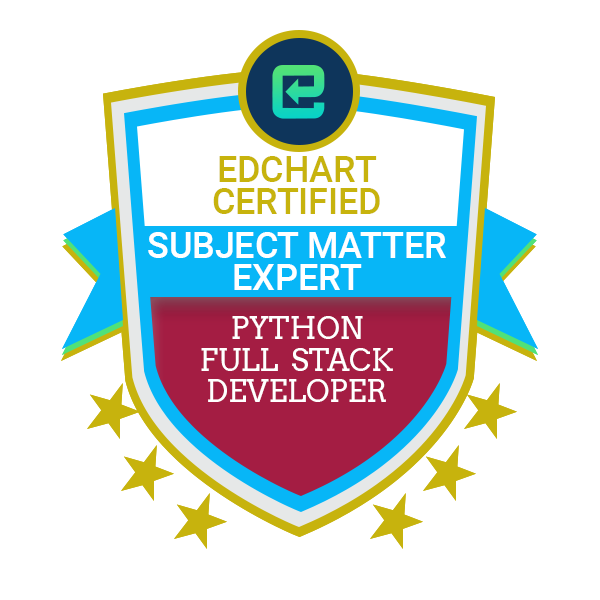Mastering Function Practice Questions in Python
Python is a versatile and powerful high-level programming language that has gained immense popularity across various fields such as web development, data science, artificial intelligence, and more. One of the critical aspects that contribute to Python’s flexibility and efficiency is its use of functions. Functions in Python are reusable blocks of code designed to perform specific tasks, thereby reducing redundancy and improving code readability. This comprehensive guide aims to explore function practice questions in Python, offering detailed explanations and examples to help you deepen your understanding and proficiency in using functions.

Understanding Python Functions
What is a Function?
A function in Python is a self-contained block of code that performs a specific task. It only runs when it is called, and you can pass data to it in the form of parameters. Functions can return data as a result, which can be used later in the program. The primary purpose of functions is to break down complex problems into smaller, manageable parts, making the code more modular and reusable.
Why Use Functions?
Functions offer several advantages that make them an essential part of programming:
- Modularity: Functions allow you to break down large problems into smaller, more manageable tasks. This modular approach makes it easier to understand and manage the code.
- Reusability: Functions can be written once and reused multiple times throughout your code, reducing the need for duplicate code and making the program more efficient.
- Readability: Functions improve the readability of the code by abstracting complex logic into simple, easy-to-understand blocks. This makes it easier for other programmers to read and maintain the code.
- Testing and Debugging: Functions make it easier to test and debug code by isolating specific parts of the program. You can test each function individually to ensure it works correctly before integrating it into the larger program.
Basic Function Concepts
Creating a Function
A function in Python is created using the def keyword, followed by the function name and parentheses. Inside the parentheses, you can define any parameters the function will take. The function body starts with a colon and is indented.
Calling a Function
Once a function is defined, it can be called by using its name followed by parentheses. If the function takes parameters, you can pass the appropriate arguments inside the parentheses.
Returning Values
A function can return a value using the return statement. The returned value can be stored in a variable or used directly in expressions.
Intermediate Function Practice Questions
1. Finding the Factorial of a Number
The factorial of a number is a fundamental concept in mathematics and computer science. It involves multiplying all positive integers less than or equal to a given number. This problem can be solved using loops or recursion, demonstrating how functions can handle repetitive tasks efficiently.
2. Fibonacci Sequence
The Fibonacci sequence is a series of numbers where each number is the sum of the two preceding ones. This sequence is a classic example used to illustrate loops, conditionals, and recursion in functions. Implementing a function to generate Fibonacci numbers can help you understand these concepts more deeply.
3. Checking for Prime Numbers
A prime number is a natural number greater than 1 that is not the product of two smaller natural numbers. Writing a function to check if a number is prime involves using loops and conditionals to determine if the number has any divisors other than 1 and itself. This problem helps reinforce the use of control structures within functions.
Advanced Function Practice Questions
1. Sorting Algorithms
Sorting algorithms are essential in computer science for organizing data. Implementing functions for sorting, such as bubble sort or quick sort, helps in understanding algorithmic efficiency and data manipulation. These functions often involve nested loops and conditionals, providing a deeper insight into more complex programming concepts.
2. Recursive Functions
Recursion is a powerful tool in programming where a function calls itself to solve smaller instances of the same problem. The Tower of Hanoi is a classic problem used to illustrate recursion. This problem involves moving a set of disks from one rod to another, following specific rules. Understanding recursion is crucial for solving problems that can be broken down into smaller sub-problems.
3. Dynamic Programming
Dynamic programming is a method for solving complex problems by breaking them down into simpler sub-problems. The longest common subsequence problem is a prime example of dynamic programming, where you seek to find the longest sequence that appears in both strings in the same order. This technique is valuable for optimizing recursive solutions to avoid redundant computations.
Detailed Examples and Explanations
Factorial of a Number
The factorial function is a classic example that demonstrates the use of recursion or iterative loops. The factorial of a non-negative integer n is the product of all positive integers less than or equal to n. The factorial function can be implemented using a loop that multiplies a running product by each integer up to n. Alternatively, it can be implemented using recursion, where the function calls itself with decremented values until it reaches the base case.
Fibonacci Sequence
The Fibonacci sequence starts with 0 and 1, and each subsequent number is the sum of the previous two. This sequence can be generated using a loop or recursion. The iterative approach involves using a loop to calculate each number in the sequence up to the desired position. The recursive approach involves defining a function that calls itself with the two preceding numbers until it reaches the base cases.
Prime Number Check
To check if a number is prime, a function can iterate through all possible divisors up to the square root of the number. If any divisor divides the number evenly, the function returns false, indicating that the number is not prime. If no divisors are found, the function returns true, indicating that the number is prime. This approach efficiently reduces the number of iterations needed to check for primality.
Sorting Algorithms
Bubble Sort
Bubble sort is a simple sorting algorithm that repeatedly steps through the list, compares adjacent elements, and swaps them if they are in the wrong order. The process is repeated until the list is sorted. This algorithm is easy to understand and implement but is not efficient for large datasets.
Quick Sort
Quick sort is a more efficient sorting algorithm that uses a divide-and-conquer approach. It works by selecting a pivot element and partitioning the list into two sub-lists, one with elements less than the pivot and one with elements greater than the pivot. The function then recursively sorts the sub-lists. Quick sort is more complex to implement than bubble sort but offers better performance for large datasets.
Recursive Functions
Tower of Hanoi
The Tower of Hanoi is a mathematical puzzle that involves moving a stack of disks from one rod to another, following specific rules. The puzzle can be solved using recursion, where the function calls itself to move smaller subsets of disks between rods. This problem demonstrates the power of recursion in solving complex problems by breaking them down into simpler sub-problems.
Dynamic Programming
Longest Common Subsequence
The longest common subsequence (LCS) problem involves finding the longest sequence that appears in two given strings in the same order. Dynamic programming can be used to solve this problem efficiently by storing the results of sub-problems in a table and reusing them to build the final solution. This approach avoids redundant computations and significantly reduces the time complexity compared to a naive recursive solution.
Conclusion
Mastering functions in Python is a foundational skill that opens the door to more advanced programming techniques. Functions allow you to write modular, reusable, and readable code, making it easier to manage and maintain. By practicing the examples and problems provided in this guide, you can enhance your understanding and become proficient in using functions to solve complex problems efficiently.
Functions play a crucial role in software development, enabling you to break down complex problems into manageable parts, write reusable code, and improve the readability and maintainability of your programs. Whether you are preparing for a coding interview, working on a personal project, or looking to improve your programming skills, practicing function-related problems is essential.
In this guide, we have covered a range of function practice questions, from basic to advanced, along with detailed explanations and examples. These questions and exercises will help you build a strong foundation in using functions in Python, allowing you to tackle more complex problems with confidence.
By mastering the use of functions, you will be well-equipped to write efficient, modular, and maintainable code. This skill is not only valuable for solving coding challenges but also for developing real-world applications. As you continue to practice and refine your skills, you will become a more proficient and effective programmer.


 English
English 

